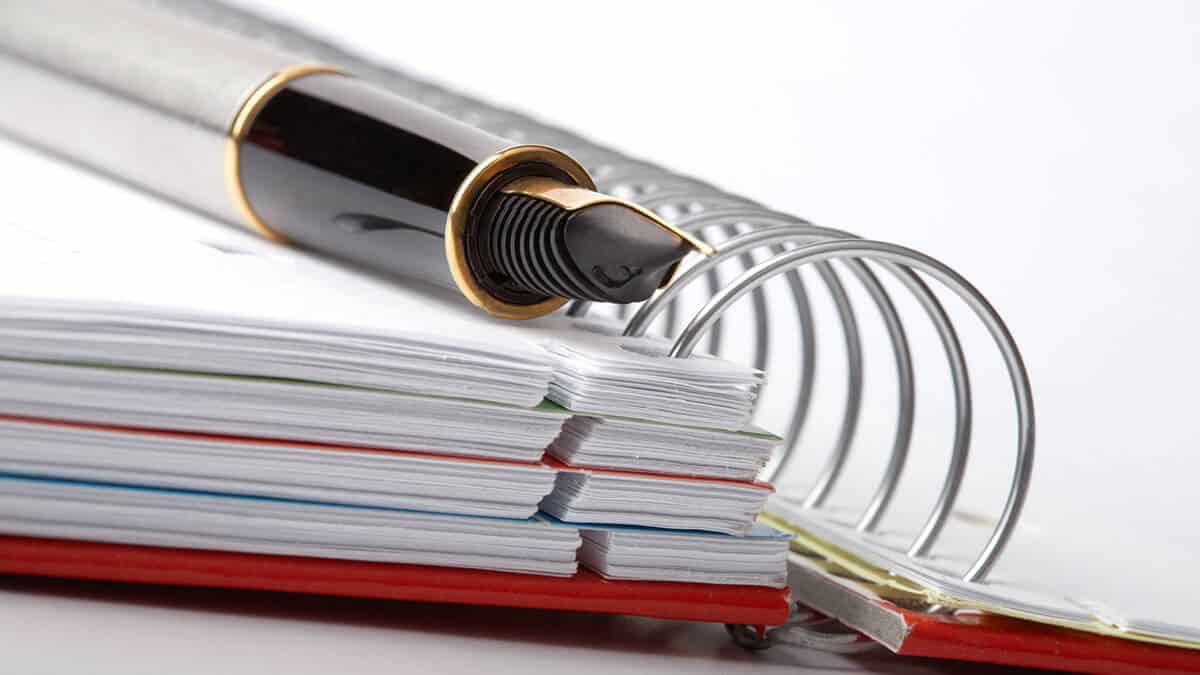In this guide
When it comes to your setting up a self-managed super fund (SMSF), one of the first decisions is whether to choose a corporate or an individual trustee structure.
Both SMSF structures have pros and cons but whichever structure you choose every member of your fund must be a trustee.
The role of trustees
Trustees own and manage the fund’s assets on behalf of members and are responsible for its ongoing legal compliance with superannuation and taxation legislation.
These responsibilities include annual fund auditing, reporting and taxation obligations to the Australian Taxation Office (ATO). All SMSF trustees must sign a trustee declaration indicating they understand all their legal obligations.
According to the most recent ATO statistics, 63% of all SMSFs have corporate trustees and this structure is becoming increasingly popular. In the 12 months to June 2020, 81% of new SMSFs were set up with corporate trustees.
How a corporate trustee structure works
If you decide on a corporate trustee for your SMSF, a company must be set up to act as the trustee of the fund. Each of your fund’s members must be a director of this company, which must be registered with the Australian Securities and Investments Commission (ASIC). Ownership of all the SMSF’s assets is listed in the company’s name as the trustee.
Neither the corporate trustee nor any of its directors can be paid for their services. Importantly, all SMSF assets must be kept separate from the personal assets of fund members.
Companies are eligible to be SMSF corporate trustees provided that:
- They have not been deregistered by ASIC
- They do not have any directors or other responsible officers who are disqualified individuals (see the section below for the reasons why an individual would be disqualified from being an SMSF trustee)
- They have not had a receiver or provisional administrator appointed to manage their operations
- No action has been started to wind up the company.
How an individual trustee structure works
Under an individual trustee structure, ownership of all the SMSF’s assets is listed in the name of each individual trustee (on behalf of the fund). A company is not set up and registered for the purposes of being the fund’s trustee.
However, like corporate trustees, individual trustees:
- Cannot be paid for the services they provide to the fund
- Must keep their personal assets separate from those of the fund.
Individuals are eligible to be SMSF trustees provided they:
- Are not an undischarged bankrupt (or are not insolvent and under administration)
- Have not been convicted of an offence involving dishonesty
- Have not previously received a civil penalty under super legislation
- Have not been disqualified by a superannuation regulatory body (such as the ATO or the Australian Prudential Regulation Authority).







